What do you think?
Rate this book


463 pages, Hardcover
First published October 24, 2006

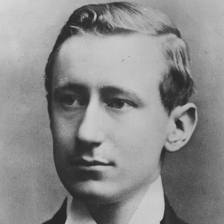

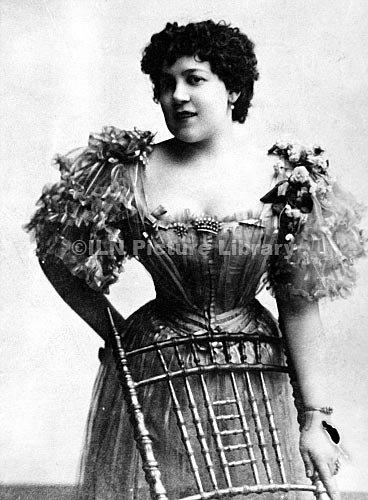
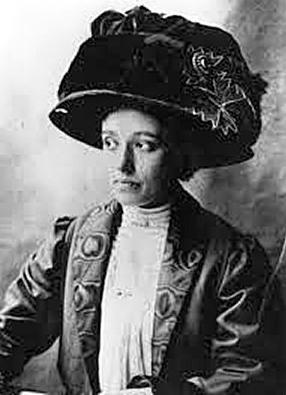

"Thanks Guglielmo Marconi...who I think invented the radio."

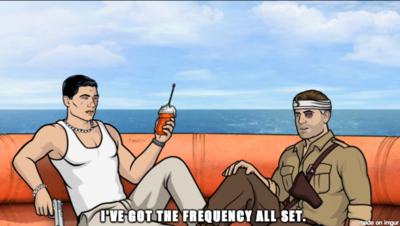
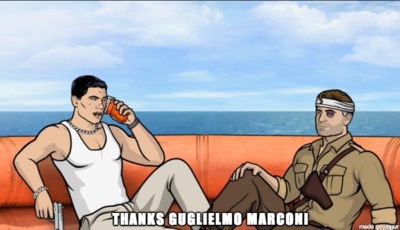
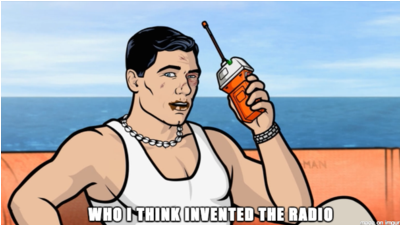
"Crippen had made a serious error, Priestley wrote: 'he had forgotten, if he ever knew, what Marconi had done for the world, which was now rapidly shrinking. So we see two hundred creatures, say a fox and a hare, with millions of hounds baying and slaving after them'".